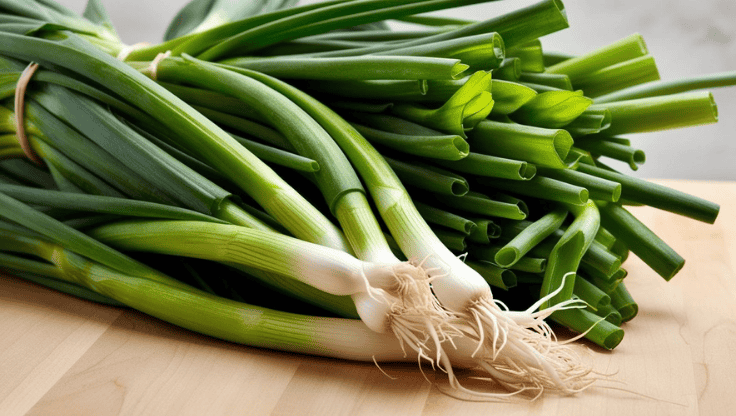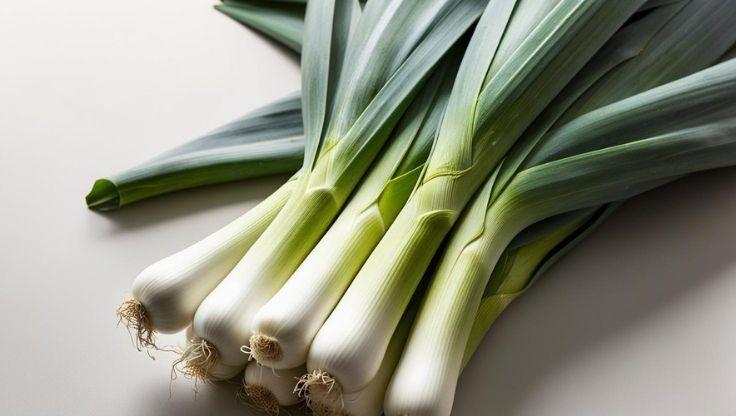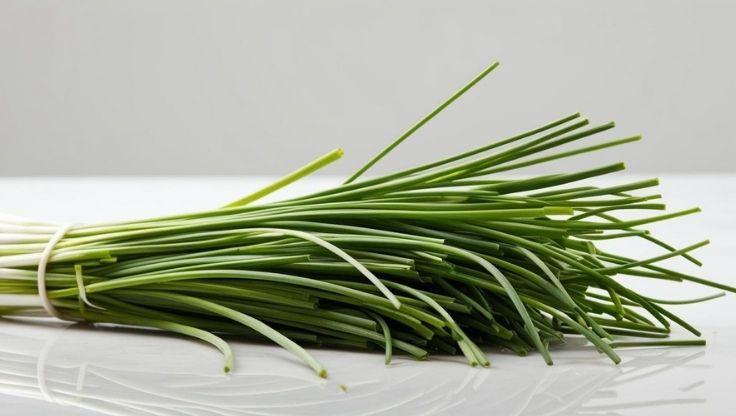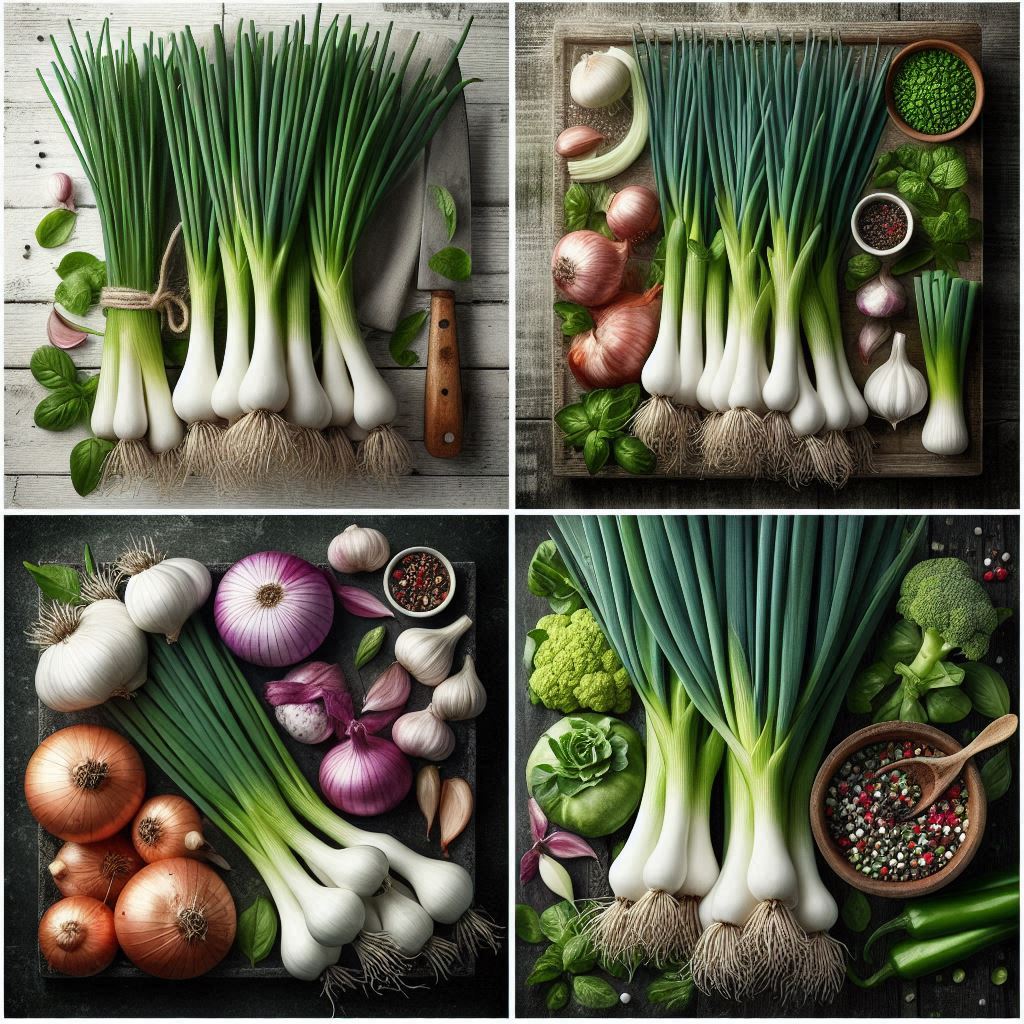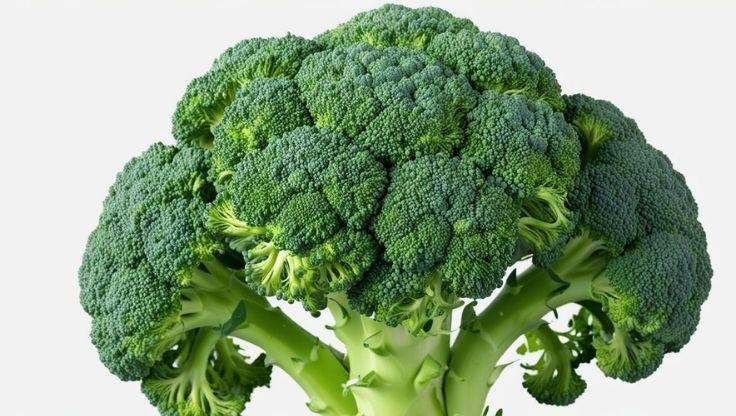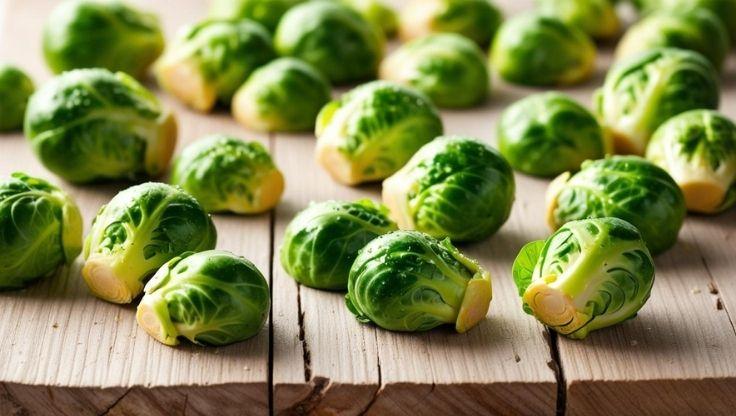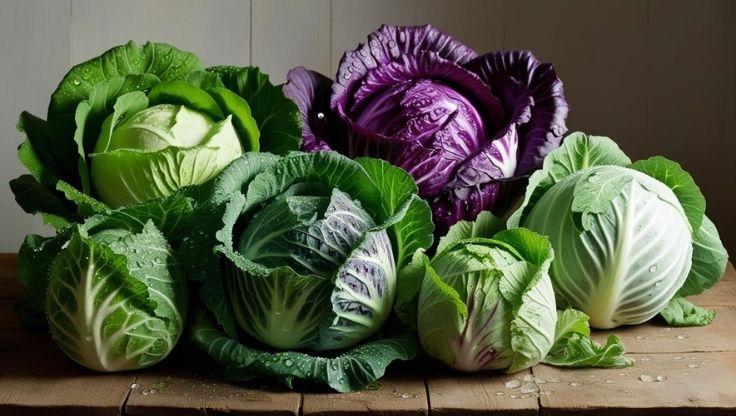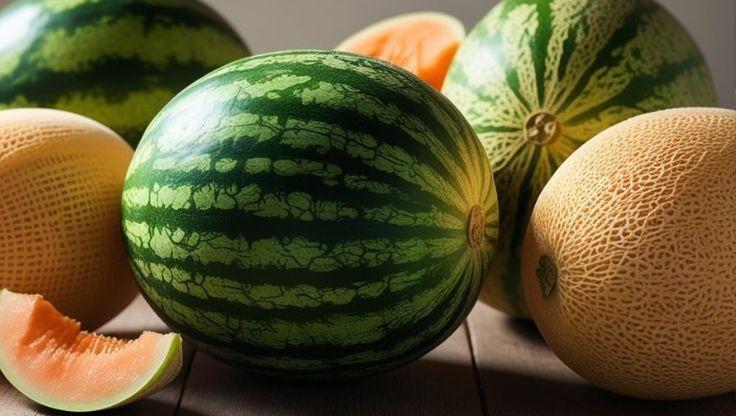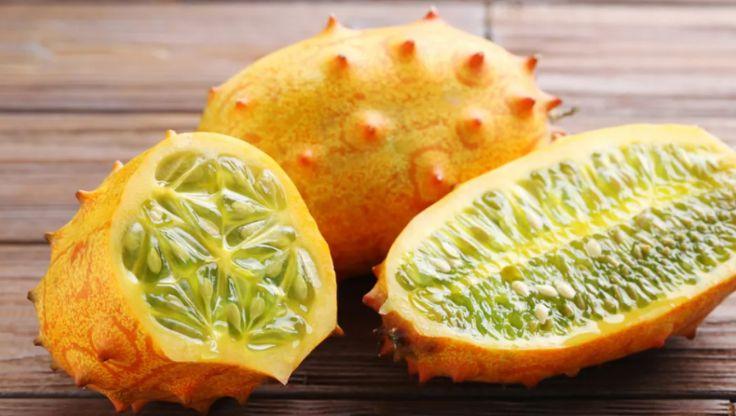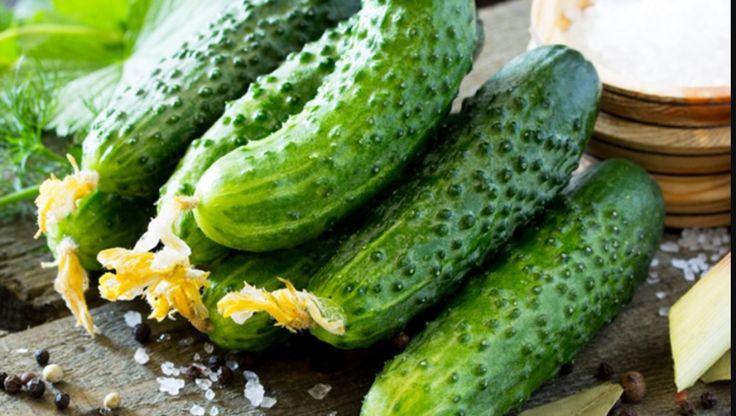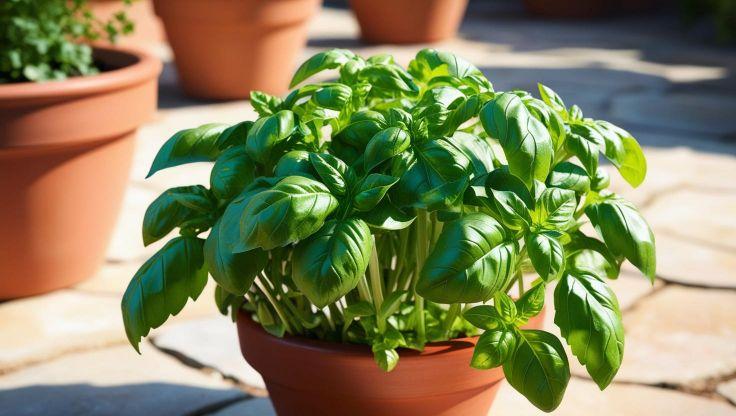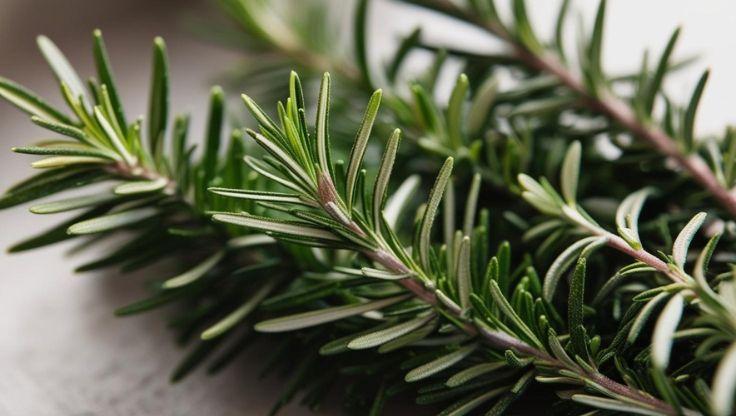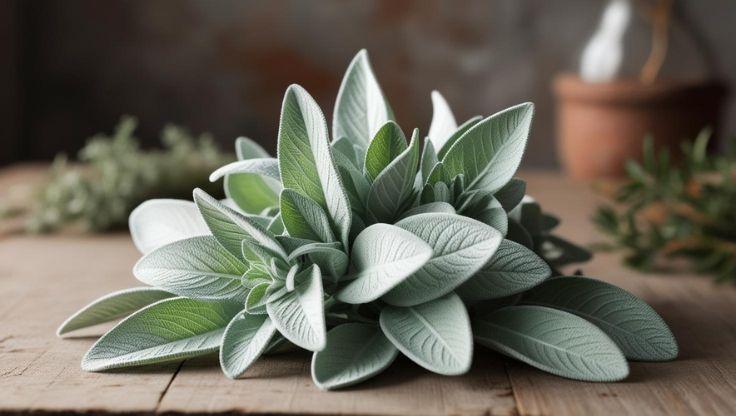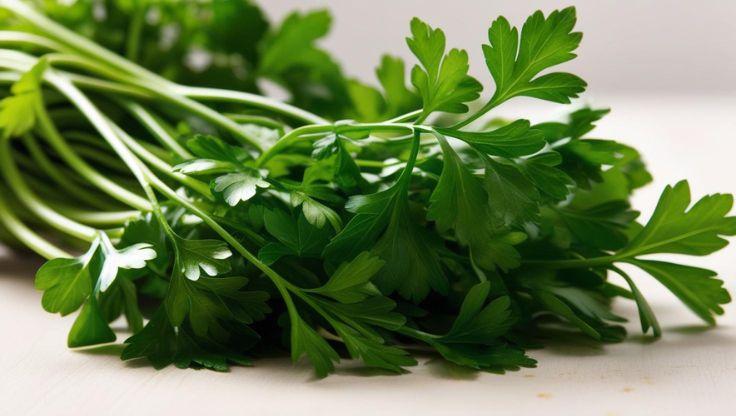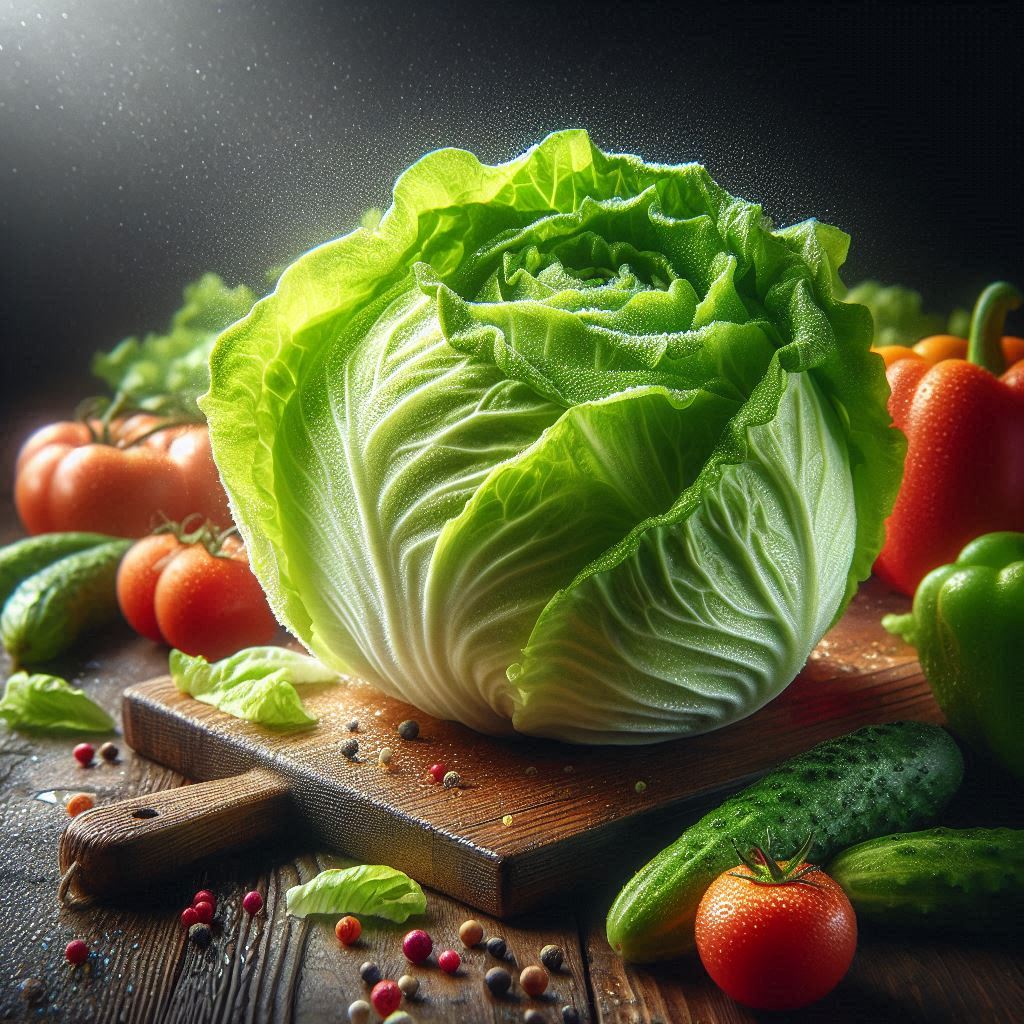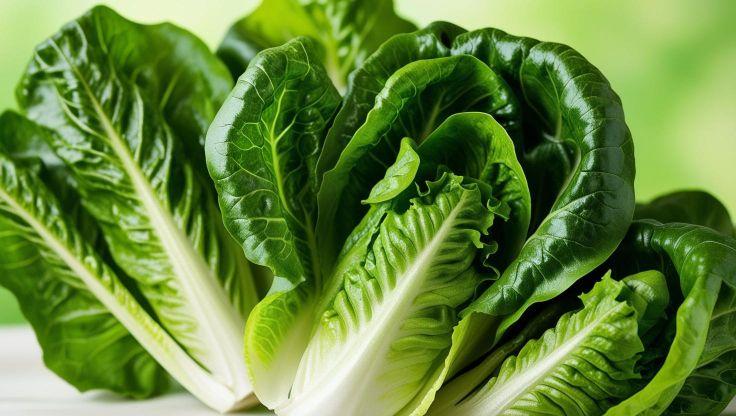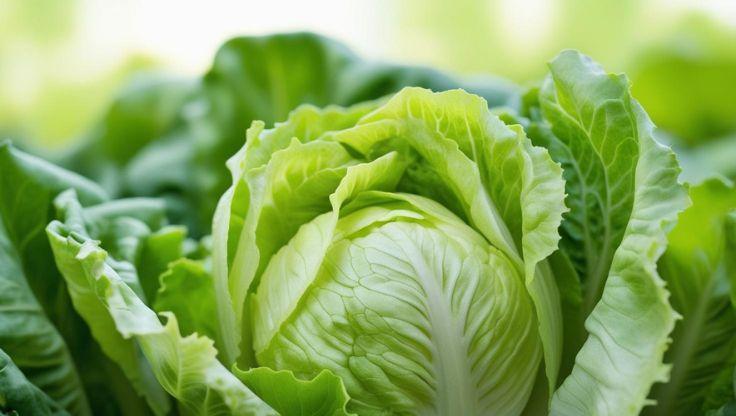Hydroponic Plants: Growing Chives Efficiently
Chives (Allium schoenoprasum) are a versatile, nutrient-rich vegetable belonging to the onion family. Originating from Europe and Asia, they are widely used for their mild onion-like flavor and vibrant green leaves. Traditionally grown in soil, chives thrive in hydroponic plants systems due to their adaptability and rapid growth. Hydroponic cultivation offers advantages such as water efficiency, reduced pesticide use, and year-round production, making it a superior alternative to soil-based farming.

Optimized Hydroponic Growing Conditions for Chives
Chives are highly adaptable hydroponic plants, thriving in controlled environments where nutrient delivery, light exposure, and climate conditions are precisely managed. By maintaining optimal pH, electrical conductivity (EC), lighting, temperature, and humidity, growers can maximize yield and quality.
Optimal pH and EC Levels for Hydroponic Chives
Maintaining the correct pH and EC levels is essential for nutrient absorption and overall plant health. Chives require a pH range of 6.0–6.5, which facilitates efficient uptake of essential minerals. The ideal EC range is 1.2–1.6, ensuring a balanced concentration of dissolved nutrients in the hydroponic solution. Some sources suggest a slightly higher EC range of 1.4–1.8, particularly in systems like Nutrient Film Technique (NFT) or Deep Water Culture (DWC), where oxygenation plays a crucial role.
Light, Temperature, and Humidity Requirements
Chives require 12–14 hours of light daily, preferably from full-spectrum LED grow lights, which provide consistent illumination without excessive heat. The optimal temperature range is 21–24°C (70–75°F) during the day and 15–18°C (59–64°F) at night, ensuring steady growth while minimizing plant stress. Additionally, maintaining moderate humidity levels (50–70%) is essential to prevent fungal diseases, such as powdery mildew, which can thrive in overly damp conditions. Proper air circulation and humidity control help sustain a healthy growing environment.
Additional Considerations for Hydroponic Chive Cultivation
- Nutrient Solution: A well-balanced hydroponic nutrient mix rich in nitrogen, phosphorus, and potassium (N-P-K 10-5-10) supports robust growth.
- Growing Medium: Using rockwool, peat moss plugs, or clay pebbles ensures adequate root support and moisture retention.
- Water Quality: Regular monitoring of pH and EC levels prevents nutrient imbalances and enhances plant resilience.
By optimizing these factors, growers can cultivate high-quality hydroponic plants, specifically chives, with enhanced flavor and texture. Hydroponic systems offer a controlled environment, reducing the risk of soil-borne diseases and improving overall efficiency in chive production
Best Hydroponic Systems for Growing Chives
Chives are highly adaptable hydroponic plants, thriving in controlled environments where nutrient delivery, oxygenation, and climate conditions are precisely managed. Selecting the right hydroponic system ensures optimal growth, high yields, and superior quality.
1. Nutrient Film Technique (NFT)
The NFT system is one of the most efficient hydroponic methods for growing chives. It involves a thin film of nutrient-rich water flowing over the roots, ensuring continuous access to essential minerals. This technique promotes rapid growth, prevents waterlogging, and enhances oxygenation, making it ideal for shallow-rooted crops like chives.
2. Deep Water Culture (DWC)
In DWC systems, chives are suspended in a nutrient-rich solution with their roots fully submerged. This setup enhances oxygenation and supports vigorous leaf development, making it a preferred choice for commercial hydroponic farming. The constant availability of nutrients ensures strong root formation and consistent growth rates.
3. Ebb and Flow (Flood and Drain) System
The Ebb and Flow system periodically floods the root zone with nutrient solution before draining it away. This method ensures efficient nutrient uptake, prevents root rot, and provides stable moisture levels, making it a reliable option for growing hydroponic plants like chives.
4. Aeroponics
Aeroponic systems provide chives with maximum oxygen exposure, as roots are suspended in air and misted with nutrient-rich water. This method accelerates growth and enhances nutrient absorption, making it an advanced yet highly effective hydroponic technique.
By selecting the right hydroponic system and optimizing environmental conditions, growers can cultivate high-quality hydroponic chives with enhanced flavor and texture. Hydroponic techniques offer a controlled environment, reducing the risk of soil-borne diseases and improving overall efficiency in chive production
Optimized Nutrient Solutions and Water Management for Hydroponic Chives
Chives are highly adaptable hydroponic plants, requiring precise nutrient balance and water management to thrive in a controlled environment. Ensuring optimal nutrient delivery and maintaining water quality are essential for vigorous growth and high yields.
Balanced Nutrient Solutions for Hydroponic Chives
A well-balanced nutrient solution rich in nitrogen (N), phosphorus (P), and potassium (K) is crucial for robust leaf development. The recommended ratio for hydroponic chives is N-P-K 10-5-10, ensuring strong foliage growth while preventing deficiencies. Additionally, secondary nutrients such as calcium (Ca) and magnesium (Mg) support root strength and overall plant resilience.
Regular monitoring of pH levels (6.0–6.5) and electrical conductivity (EC 1.2–1.6) ensures efficient nutrient absorption. Using reverse osmosis or distilled water prevents mineral contamination, maintaining a stable nutrient profile. Proper aeration and temperature control further enhance nutrient uptake efficiency.
Water Management Strategies for Hydroponic Plants
Water quality plays a vital role in hydroponic chive cultivation. Maintaining consistent moisture levels prevents stress and promotes steady growth. Hydroponic systems such as Nutrient Film Technique (NFT) or Deep Water Culture (DWC) provide efficient nutrient delivery while preventing water stagnation.
To optimize water management:
- Monitor EC levels regularly to prevent nutrient imbalances.
- Ensure adequate oxygenation using air pumps or aeration stones.
- Replace nutrient solutions periodically to maintain freshness and prevent buildup of unwanted compounds.
Seed to Seedling, Maturity, and Varieties of Hydroponic Chives
Understanding the growth cycle of chives is essential for maximizing yield and quality. Proper seed germination, transplanting techniques, and variety selection contribute to successful hydroponic cultivation.
Germination and Early Growth
Chive seeds typically germinate within 7–10 days, provided they are sown in a seedling tray with a suitable grow medium such as rockwool or coco coir. These substrates offer excellent moisture retention and aeration, ensuring strong root development. Maintaining a consistent temperature of 18–21°C (64–70°F) during germination accelerates sprouting and enhances seedling vigor.
Seedling Development and Transplanting
After 4–6 weeks, seedlings develop a robust root system and are ready for transplantation into a hydroponic system. At this stage, ensuring adequate light exposure (12–14 hours daily) and maintaining optimal pH levels (6.0–6.5) supports healthy growth. Hydroponic setups such as NFT or DWC provide efficient nutrient delivery, promoting rapid leaf expansion and strong root formation.
Popular Chive Varieties for Hydroponic Cultivation
Several chive varieties are well-suited for hydroponic plants, offering adaptability and high yields:
- Common Chives (Allium schoenoprasum) – A widely cultivated variety known for its mild onion flavor and resilience in hydroponic systems.
- Garlic Chives (Allium tuberosum) – Characterized by broader leaves and a subtle garlic taste, making them a popular choice for culinary applications.
- Siberian Chives – A hardy variety with a stronger flavor, ideal for year-round cultivation in hydroponic environments.
By selecting the right variety and optimizing environmental conditions, growers can cultivate high-quality hydroponic chives with enhanced flavor and texture. Hydroponic systems offer a controlled environment, reducing the risk of soil-borne diseases and improving overall efficiency in chive production
Uses and Benefits of Hydroponic Chives
Chives are highly versatile hydroponic plants, offering a range of culinary, health, and sustainability benefits. Their adaptability to hydroponic systems makes them an excellent choice for growers seeking efficient and eco-friendly food production.
Culinary Applications
Chives are widely used in various cuisines, adding a mild yet distinct onion flavor to dishes. They are a staple in French cooking, frequently incorporated into soups, stews, omelets, and garnishes. Their delicate taste pairs exceptionally well with potatoes, dairy-based dishes, and seafood, making them a favorite ingredient in gourmet recipes. Additionally, chives are commonly used in Asian cuisine, where they enhance the flavor of noodle dishes and broths. Hydroponic cultivation ensures a consistent supply of fresh chives, making them readily available for culinary use year-round.
Health Benefits
Chives are packed with essential nutrients, including vitamin C, vitamin K, and folate, which support immune function, bone health, and digestion. Their high antioxidant content helps reduce inflammation, protecting against chronic diseases such as heart conditions and diabetes. Studies suggest that allicin, a compound found in chives, may contribute to improved cardiovascular health and lower blood pressure. Furthermore, their fiber content aids in gut health, promoting better digestion and nutrient absorption. Hydroponic cultivation enhances nutrient density by providing optimal growing conditions, ensuring that chives retain their health benefits.
Sustainability Advantages of Hydroponic Chives
Hydroponic cultivation of chives significantly reduces water consumption, using up to 90% less water compared to traditional soil farming. This method also minimizes pesticide use, creating a cleaner and more sustainable food source. Additionally, hydroponic systems allow for year-round cultivation, ensuring consistent supply regardless of seasonal changes. By eliminating soil dependency, hydroponic farming prevents soil degradation and reduces the environmental impact of large-scale agriculture. The controlled environment of hydroponic systems also improves yield efficiency, making chives a cost-effective and sustainable crop choice.
Chives are an excellent choice for hydroponic growers, offering nutritional benefits, culinary versatility, and sustainable farming advantages. Their ability to thrive in controlled environments makes them a valuable addition to any hydroponic setup.
Sustainability Advantages
Hydroponic cultivation of chives reduces water consumption by up to 90% compared to soil farming. Additionally, it minimizes pesticide use, creating a cleaner and more sustainable food source.
Challenges and Solutions in Hydroponic Chive Cultivation
Chives are highly adaptable hydroponic plants, but they are not entirely immune to challenges. While hydroponic systems reduce many traditional farming risks, growers must still address common pests, diseases, and growth issues to ensure optimal yield and plant health.
Common Pests and Diseases Affecting Hydroponic Chives
Although hydroponic cultivation minimizes soil-borne pests, chives can still be affected by aphids, thrips, and fungal infections. Aphids and thrips feed on plant sap, weakening the leaves and reducing overall growth. Fungal diseases such as powdery mildew and root rot can develop in high-humidity environments, particularly if air circulation is inadequate.
To mitigate these risks, growers should implement regular monitoring and adopt natural pest control methods, such as introducing beneficial insects like ladybugs to control aphid populations. Additionally, maintaining proper humidity levels and ensuring adequate airflow within the hydroponic system can significantly reduce fungal infections.
Solutions for Growth Issues in Hydroponic Plants
Chives require precise environmental conditions to thrive. Maintaining optimal pH levels (6.0–6.5) and EC levels (1.2–1.6) ensures efficient nutrient absorption, preventing deficiencies that can stunt growth. Adequate light exposure (12–14 hours daily), preferably from full-spectrum LED grow lights, supports steady development and prevents weak, elongated stems.
Using high-quality nutrient solutions rich in nitrogen, phosphorus, and potassium is essential for robust growth. Regular pruning of yellow or damaged leaves promotes healthy development and prevents disease spread. Additionally, ensuring consistent water quality and avoiding fluctuations in nutrient concentration helps maintain plant resilience.
Optimizing Hydroponic Systems for Chive Growth
Hydroponic growers can further enhance productivity by selecting the most suitable system, such as Nutrient Film Technique (NFT) or Deep Water Culture (DWC), which provide efficient nutrient delivery. Implementing automated monitoring tools for pH and EC levels ensures stability, reducing the likelihood of growth issues.
By addressing these challenges proactively, growers can cultivate high-quality hydroponic plants, specifically chives, with improved yield, flavor, and sustainability.
Research for expert insights
Enhance your understanding with these insightful and well-documented expert resources.
|
Institution |
Article Title |
Article Link |
|---|---|---|
|
SciELO Brasil |
Growth and quality of chives in hydroponic system with concentrations of magnesium sulfate |
|
|
MDPI |
Moderate Salinity of Nutrient Solution Improved the Nutritional Quality and Flavor of Hydroponic Chinese Chives (Allium tuberosum Rottler) |
|
|
ResearchGate |
Effect of Electrical Conductivity Levels and Hydrogen Peroxide Priming on Nutrient Solution Uptake by Chives in a Hydroponic System |
Their research-driven approach offers valuable depth, making them a trusted source for those pursuing greater understanding.


